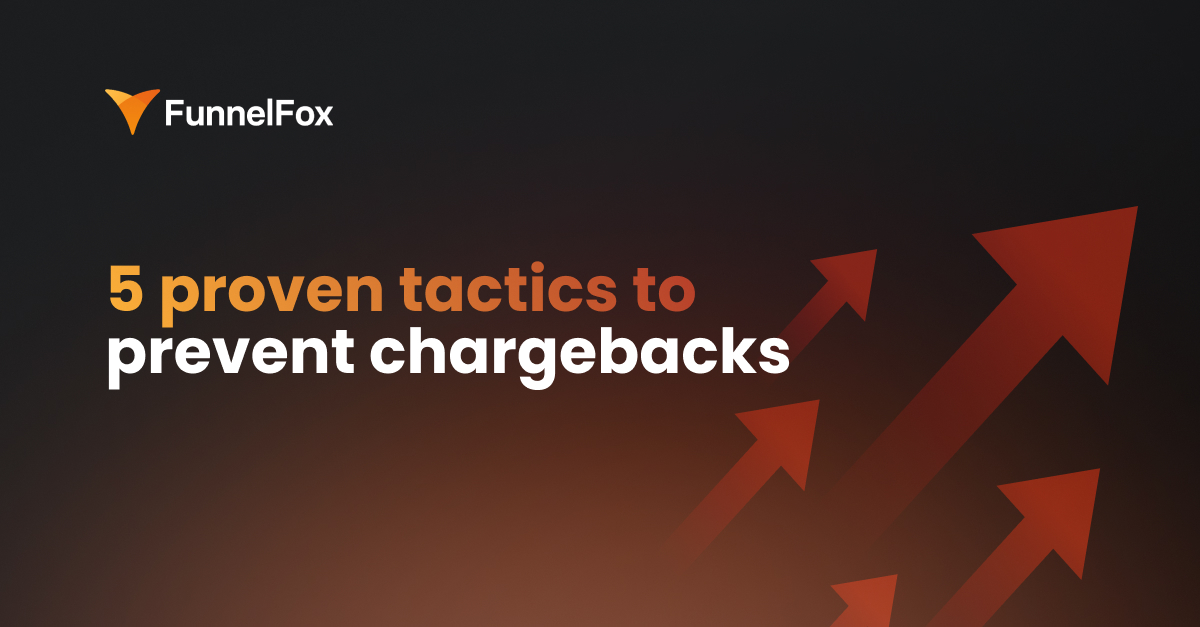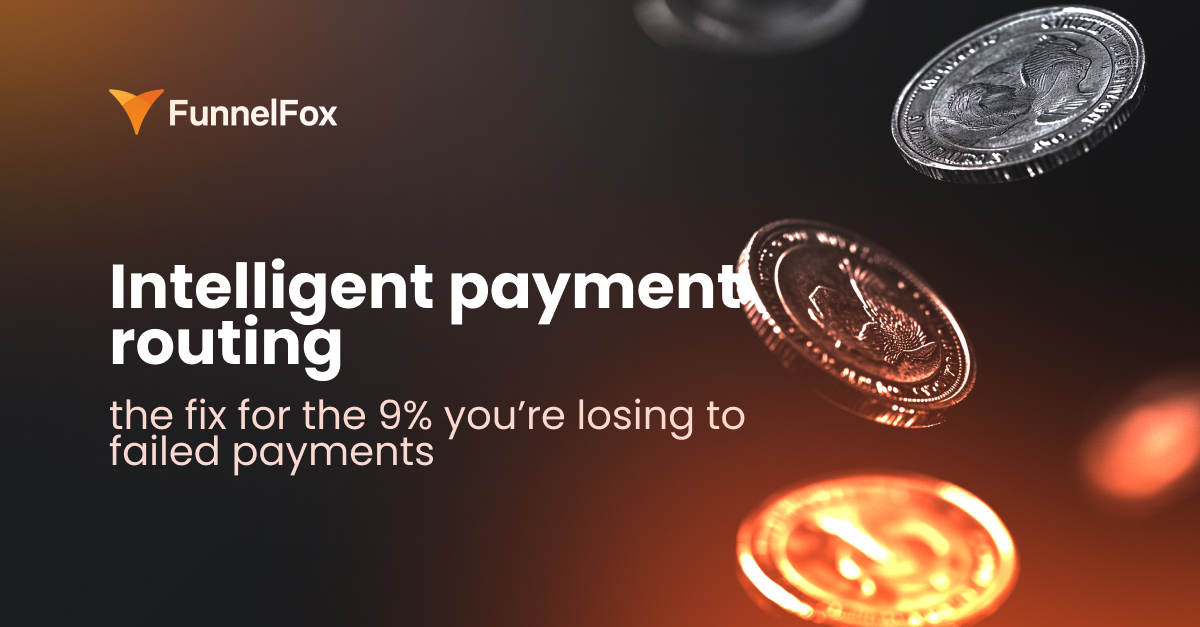If you work in app growth, you’ve probably heard a ton of buzz about web2app funnels lately, especially quiz-based flows. But let’s be real: for every team quietly crushing it with web2app, there are ten more still stuck on the sidelines, not sure where to start (or why their own tests keep falling flat).
That’s exactly why I pulled together two of the sharpest minds I know for an honest, no-fluff deep dive:

Between us, we’ve seen every stage of web2app — from “let’s try a quiz funnel” side projects to building profitable, always-on engines.
Missed the live webinar? The full recording is available, and here’s a fast, honest recap: what actually works, real lessons on funnel structure, creative, and pricing, plus the biggest pitfalls to avoid.
First, what do we mean by web2app and quiz funnels?
Let’s clear this up first, because there are a lot of terms floating around, and people often mix them together.
When I say web2app, I’m talking about bringing users into an app through the web. Most of the time, that means you’ve got an onboarding flow on the web where the user pays first and only then moves into the app.
And sitting in the middle of all this is what we call web onboarding, usually web2app quizzes, or quiz funnels. These are those longer, structured flows where you walk users through a series of steps, educate them, build purchase intent, close the sale, and then redirect them into the app store.
Go web2app quizzes if you want to…
1. Reach new audiences & create strong purchase intent
Web funnels open doors to audiences you can’t reach through app campaigns. They let you diversify across platforms — from older, higher-purchase-power users on Meta to younger, more experimental users on TikTok. They also help build stronger purchase intent by guiding people through your value proposition before they even see a paywall.
2. Improve margins and pricing flexibility
By handling payments on the web, you bypass app store commissions and keep up to 30% more revenue. That extra room can boost profitability or let you test pricing and offers. But it’s not a shortcut: the funnel still needs to be well-designed to deliver those gains.
I often remind teams that chasing the 30% boost isn’t enough on its own. Sometimes, a well-built web funnel dramatically outperforms app flows, but other times, it’s harder to make it profitable because the user journey behaves differently.
3. Unlock growth when your traditional app campaigns plateau
Web2app also helps when you run into the classic problems of scaling traditional app campaigns, like rising CPAs and limited reach. Web funnels give you different audiences, new algorithms, and a way to grow without stressing your existing structure.
4. Validate ideas before you build
I’ve seen some interesting strategies around web2app quizzes, like using it for early-stage products or product validation, sometimes even before a full product exists. With this approach, you can test your marketing angle and target audience first, and only later focus on building the product.
5. Improve retention, reactivation, and promote special offers
You can use web funnels beyond first-time acquisition: try running re-engagement or win-back flows for lapsed users, show discounts after cancellation, or trigger shorter funnels for warm leads who already know your product.
What are the best channels for web2app?
So, where does web2app actually fit when it comes to channel strategy? We’ve run campaigns across a few key places, and each has its own strengths.
Meta is the easiest starting point
For most teams, Meta (Facebook and Instagram) is still the easiest place to validate web2app flows and start testing. As Elise pointed out, you can get fast feedback and solid measurement, even if it’s just based on Meta’s reported revenue.
Meta isn’t just a single channel either. Placement matters: feed inventory usually dominates for web campaigns, which skews toward older audiences and higher purchase power. That means web unlocks a completely different user base compared to app-only flows, but it also requires a different tech stack, since you need to track events server-side, not just through app SDKs.
TikTok, Google Search, and beyond
Testing on TikTok has been promising, but you’ll see more volatility, and it’s a bit less flexible than Meta. CPAs can still be comparable, though.
Some advertisers are also running web2app quizzes on Google Search, particularly for generic keywords, where user intent is broad but potentially high value.
Web2app isn’t just for paid acquisition. If your organic content or social post starts getting traction, sending that traffic to a web funnel is a low-friction way to capture leads or conversions without the hard sell of an app store redirect.
Native and content
Back when I was at Blinkist, native ads driving users to web articles were a big deal. Most of our traffic went first to content on the web, and only then converted in the app. You can adapt this playbook depending on whether you want to convert people on the web or drive them into the app at the end of your funnel. There’s plenty of room to test different approaches here.
Web2app opens up a lot of channels, but it’s rarely a quick, set-and-forget test. Each channel (and even each placement within a channel) brings its own nuances, and the funnel behaves totally differently from classic app onboarding.
How creative strategies shift for web2app quizzes
When it comes to creatives, things get interesting. The web audience isn’t always the same as your app audience — there’s overlap, but also some key differences.
Creatives that already win in app campaigns
If an ad is performing well in your app campaigns, it’s a strong candidate for web2app. These creatives already resonate with your target audience and can give you a quick read on whether your funnel is set up well. Instead of spending weeks on web-specific assets before you’ve even validated the flow, start by using what’s proven to work and then optimize further.
I take a similar approach: I’ll often try what I’ve built for my promo flows on the web, mainly because the creative’s already there and ready to go. But over time, you start to figure out which types of creative perform better in each environment.
Creatives that fit the audience
Your target audience should dictate your creative style before anything else:
- If you’re going after younger users, lean into UGC, fast cuts, and playful tones that feel native to TikTok and Reels.
- For older, higher-purchase-power segments, a slightly more polished look or relatable creators in their age range can build trust faster.
Creatives that match the funnel experience
It’s also a smart move to use your actual web funnel content as part of your ad creative. That way, users are primed for what’s coming next — they know they’re about to hit a quiz, not the app store. This makes the whole funnel more coherent and can help reduce drop-off at the very start of the quiz.
Building a web2app funnel from scratch
Let’s say you’re starting from zero and want to spin up a new web2app funnel fast. Here’s how to approach it.
1. Start with your infrastructure and analytics
First things first: make sure you have the right infrastructure — tools like FunnelFox that make it easy to customize your flows based on the creative. Testing and tracking are huge here — web funnels open up opportunities for improved measurement, but only if your setup is solid from the start.
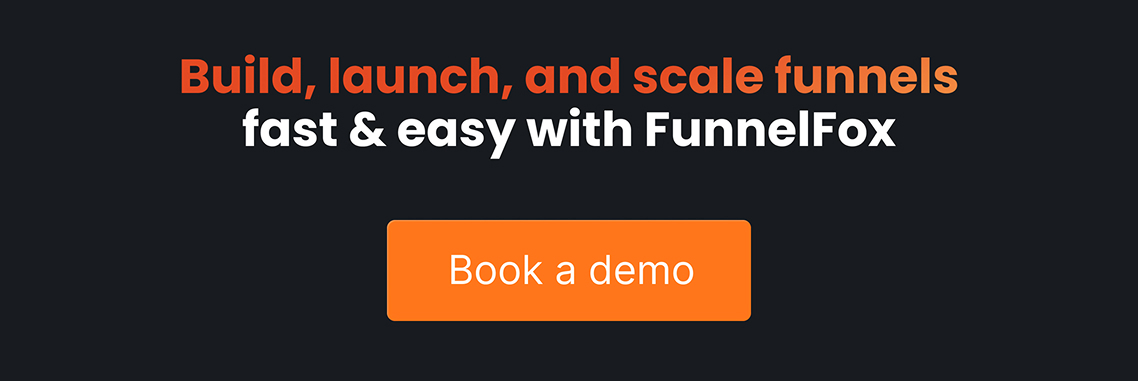
2. Steal like a marketer: study your competitors and vertical
Don’t reinvent the wheel. Look at what’s already working in your vertical: analyze competitors’ funnels, study industry best practices, and use them as a starting point. Customize these proven flows to match your brand and your users’ needs.
3. Repurpose what works
If you already have a solid app onboarding, consider adapting it for the web. Just remember — web onboarding needs to do an even better job, since you don’t get that built-in app store credibility.
Add extra elements: more in-depth questions, stronger value prop explanations, trust signals, and transformation hooks.

4. Use AI and automation to speed up research
Digging through 100+ slides of competitor quizzes can be a grind. I’ve found that AI tools like Claude help break things down fast. Just upload your user reviews and a batch of competitor screenshots, and you’ll get a solid analysis of their funnel logic and psychological triggers. It’s not perfect, but it’s like having a sparring partner to test your own ideas and spot angles you might’ve missed.
5. Iterate and improve
Set up your analytics right from the beginning. That way, as soon as you start sending traffic, you’ll get granular results, and you’ll be able to tweak and optimize every step of your funnel.
What works in web funnels? Best practices & pitfalls
1. Make every onboarding step purposeful
Ask only questions that matter. Every screen should move users closer to value, not just fill time.
Mix it up — if your funnel is just 50 questions in a row, even if the drop-off is low at each step, people will get bored. Add variety with educational content, animation, or gamified elements to break the monotony.
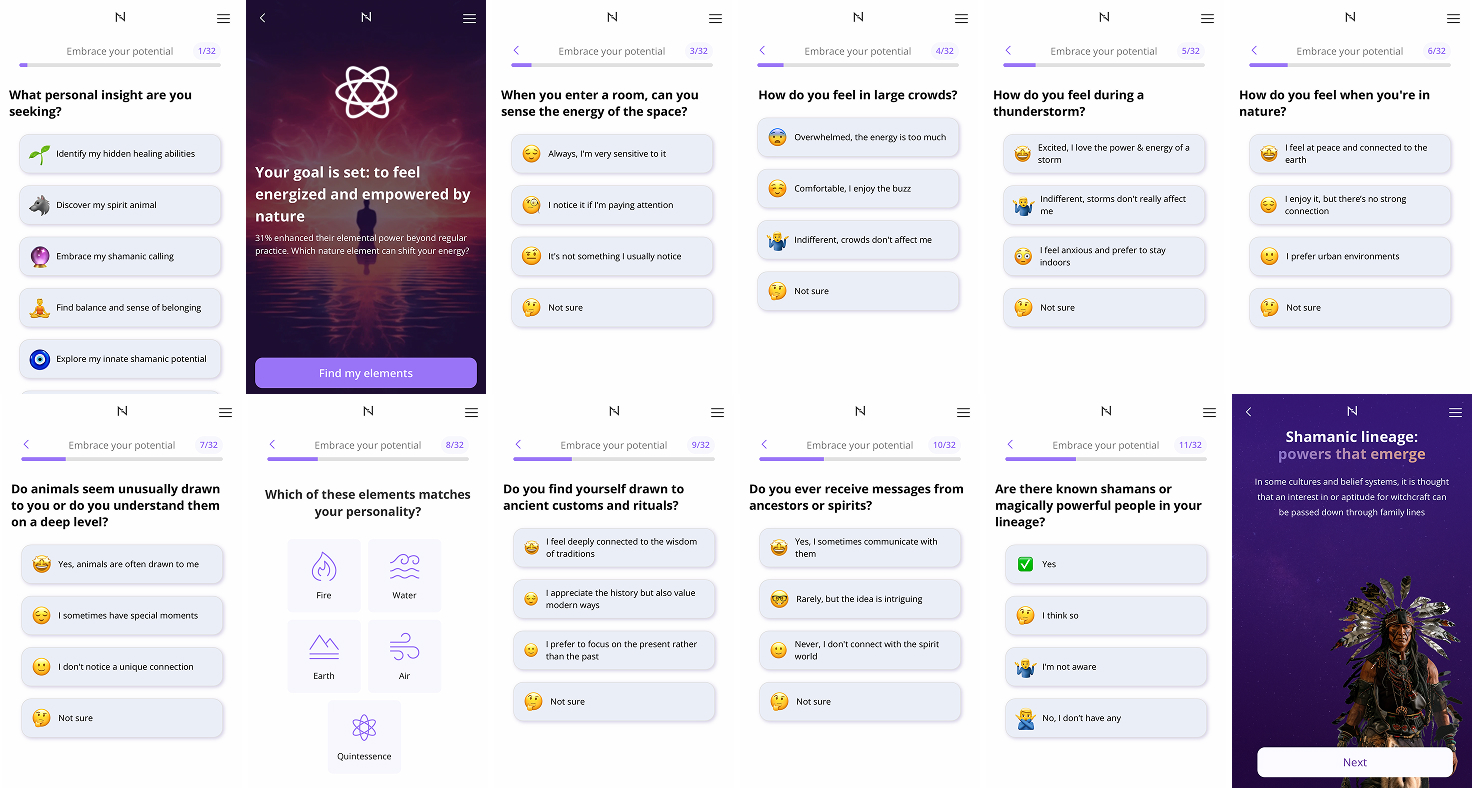
2. Deliver value early and often
Don’t make users wait until the very end for something useful. Quickly give a snapshot of the value based on your vertical. For education — a sample assessment; for a filter app — a chance to play with a feature. Show progression so people know their answers matter and they’re getting something out of it.
Drop in little “aha” moments — when people feel rewarded for progressing, they’re much more likely to finish.
3. Make the funnel match the user’s stage
Not every user needs a long quiz. For high-intent channels (like branded search), a short landing page with an instant paywall can outperform a full onboarding funnel. For colder, lower-intent audiences, longer quiz flows do a better job building trust and demonstrating value.
4. Keep testing
First screen, funnel length, sign-up forms, the “aha” value moment, and of course, the paywall. Don’t be afraid to experiment with pricing either — the right web2app price point might look totally different from what works in your app.
The best funnels are built by constant iteration.
Pricing on the web: Experiments, pitfalls, and e-commerce tactics
One of the biggest levers you have with web2app is pricing, but it comes with its own set of challenges and opportunities.
Paid-only vs free trials
Free trials in web funnels sound great, but in reality, they often add friction. Moving users from a web trial into an app trial is messy and can tank your conversion rate.
For most teams, it’s simpler (and more effective) to make the web funnel paid-only, then layer on discounts to increase conversion. Offering 20%, 30%, or even 50% off versus in-app pricing is common. Plus, you get stronger signals in Meta when users pay right away, not just start a free trial, which helps your campaigns perform better.
Web pricing psychology
Unlike the app store, the web lets you get creative with pricing tactics:
- Break down the price (e.g., “just $0.43/day” instead of monthly or yearly sums)
- Strikethrough pricing and best deal badges
- Big fonts, bold colors, countdowns
- Stackable offers or bundles
Most high-converting web quizzes use some variation of these tricks. Just be careful not to go overboard with what is called “gray area” pricing (e.g., super high weekly plans with huge intro discounts that convert to high lifetime price). Short-term wins can hurt long-term trust.
Post-purchase experience
When you own the checkout flow, you’re also responsible for everything that happens after the paywall. Make sure to:
- Always confirm every payment (instant email)
- Make policies crystal clear (cancellation process, renewal, refunds)
- Put support contacts
The goal here is to leave no room for confusion. If users feel lost after paying, you risk churn and negative reviews. Over-communicate every step after the paywall — it pays off in retention and trust.
Tailoring offers to your audience
Not every web funnel should have the same price.
- For older, high purchase-power users, annual plans and higher price points can make sense (and usually mean better retention).
- For other segments, start with a low-entry offer and build toward upsells once users are inside the app.
Build your web paywall like an e-commerce sales page — with FAQs, money-back guarantees, social proof, and everything else that reduces perceived risk.
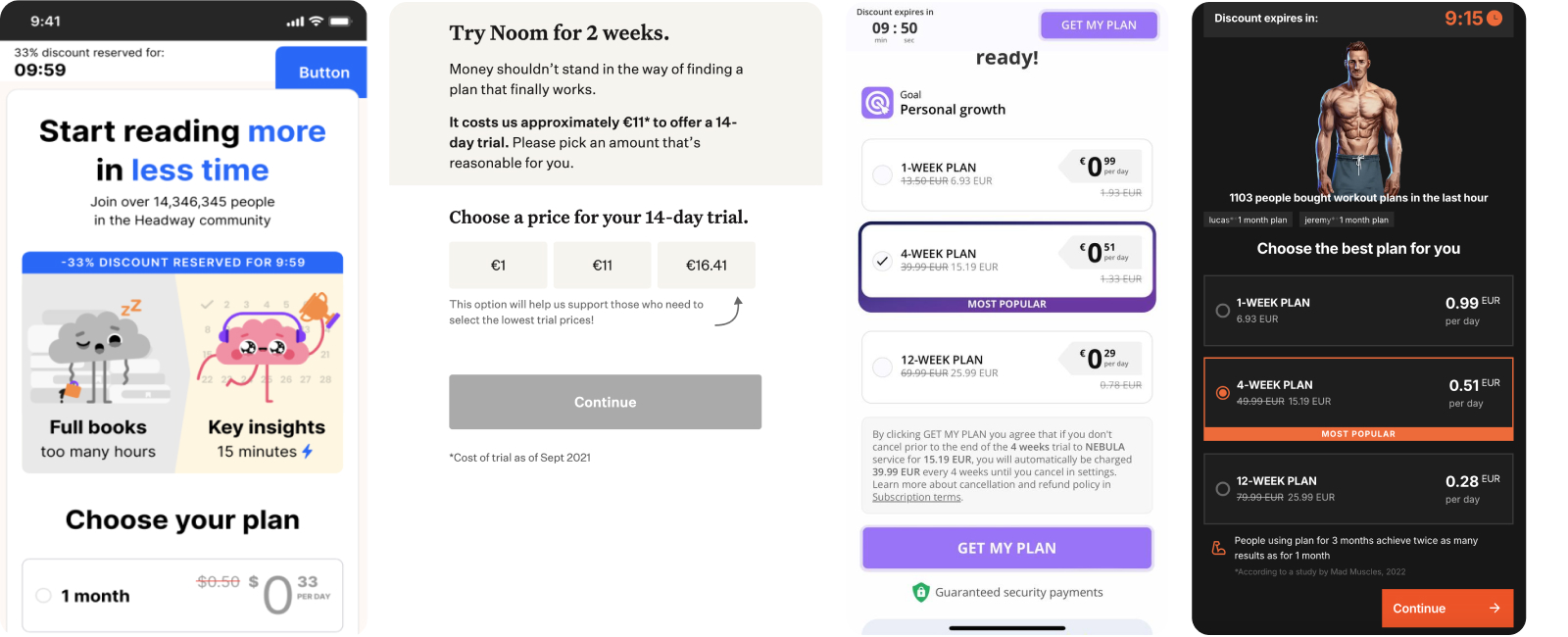
How teams make web2app funnels work
Web2app funnels aren’t a solo project — they touch UA, creative, product, CRM, and more. Especially for smaller teams, figuring out how to ship a working funnel (not just brainstorm one) can be overwhelming.
Collaboration is everything
To build a web2app funnel that converts, you need a small startup team inside your company. UA, product, lifecycle/CRM, and even developers should work together closely. This process has more in common with building a product than launching a typical UA campaign.
In bigger companies, dedicated product and CRO teams can work seamlessly with UA and CRM, making collaboration smoother and reducing silos.
Ownership matters
Web2app only works if someone takes real ownership. Ideally, it’s a UA lead who understands both upper-funnel acquisition and the details of conversion and tracking. This person keeps momentum, solves bottlenecks, and bridges gaps between marketing and product.
Testing and QA are non-negotiable
Moving fast is tempting, but sloppy execution kills results. Broken links, missed tracking, or a confusing paywall can sabotage even the best funnel idea. Good QA is essential, especially as you test more flows.
CRM and product collaboration is key for retention
One critical piece teams overlook is the handoff after payment. It’s not enough to process the payment — you need to bulletproof the user journey into the app. Always show a confirmation page with next steps, immediately email access details (and a support link), and restate the email they signed up with. If you miss this, up to 40–50% of users will pay and never log in, leading to angry reviews and lost trust. The fix is simple but essential: over-communicate, close every loop, and assume users will get lost unless guided.
Just as important: keep working with CRM and product teams to nurture leads who didn’t convert on the first try. Users who completed onboarding but didn’t buy, or bounced before paying, are low-hanging fruit. Effective follow-up here can drive up your LTV and build more sustainable growth.
Final thoughts
Though web2app clearly comes with a ton of advantages, let’s be real: it’s not a plug-and-play channel. Intentional focus and workflow matter.
Success here isn’t about shortcuts or tricks, but about sweating the details, getting rapid feedback, building tight, cross-functional teamwork, and ongoing testing.
If you want the full conversation, check out the webinar recording for all the details and real-world examples.






